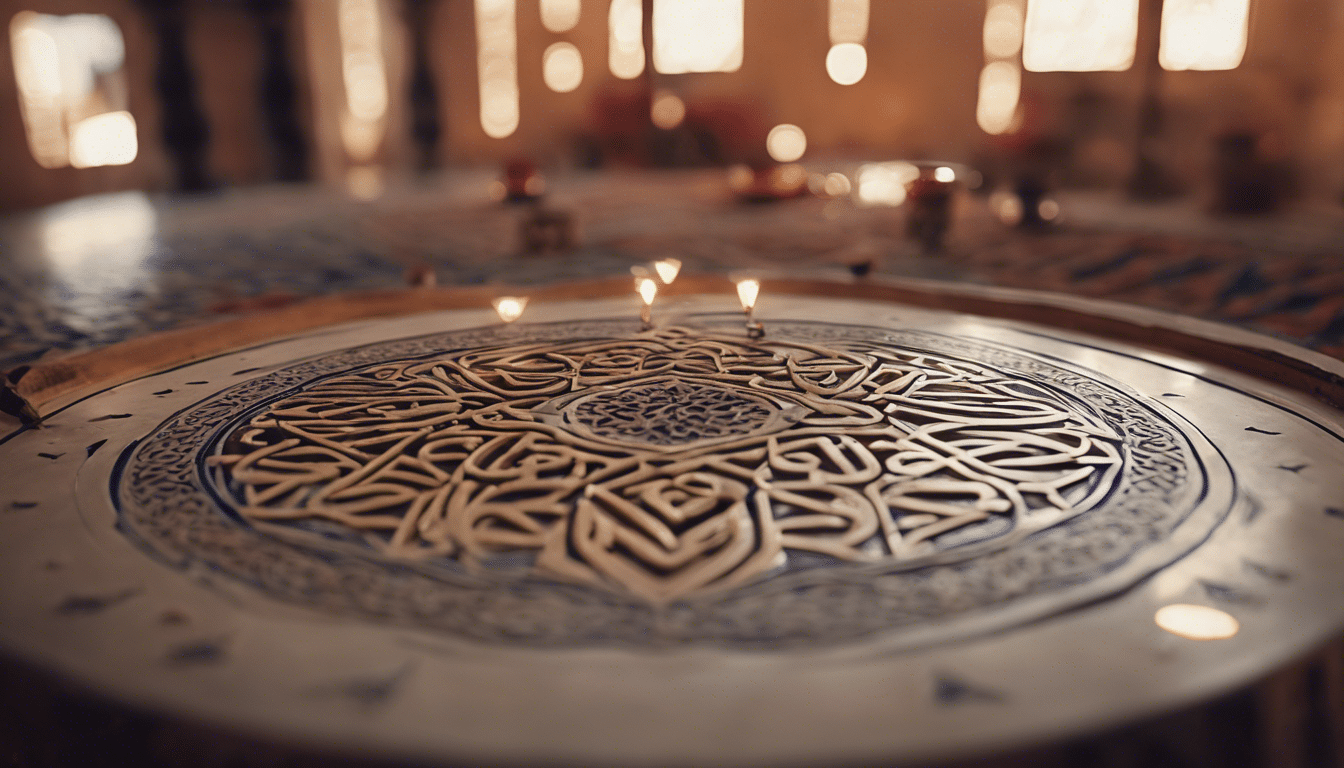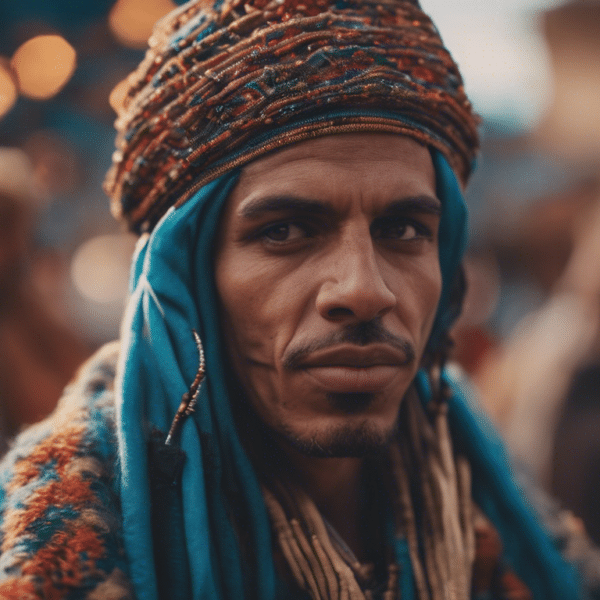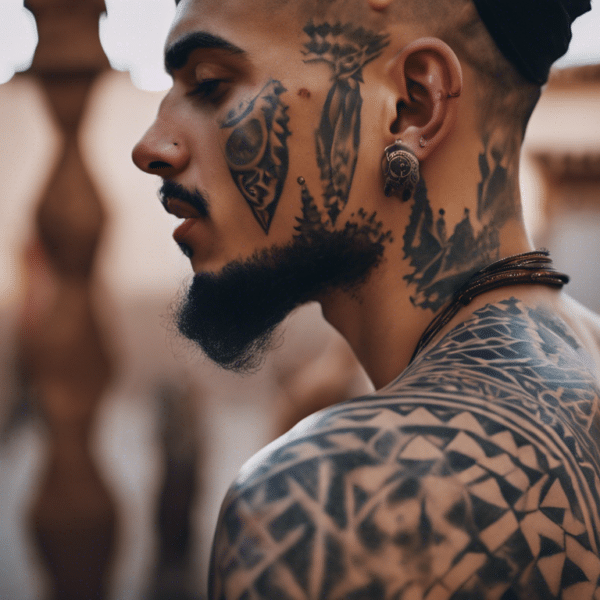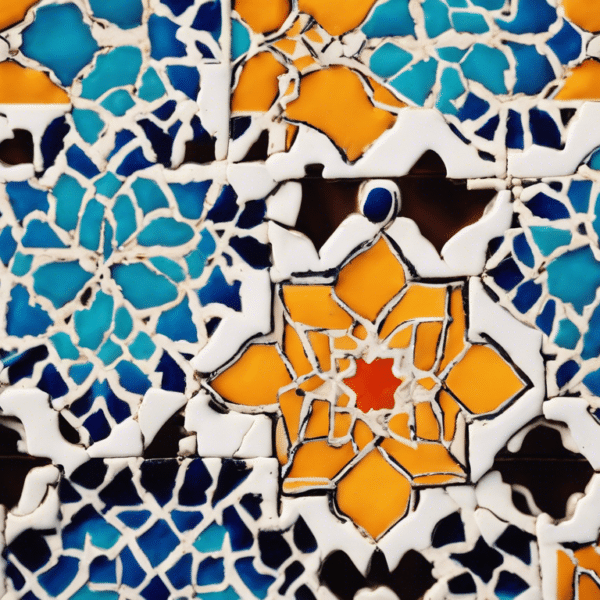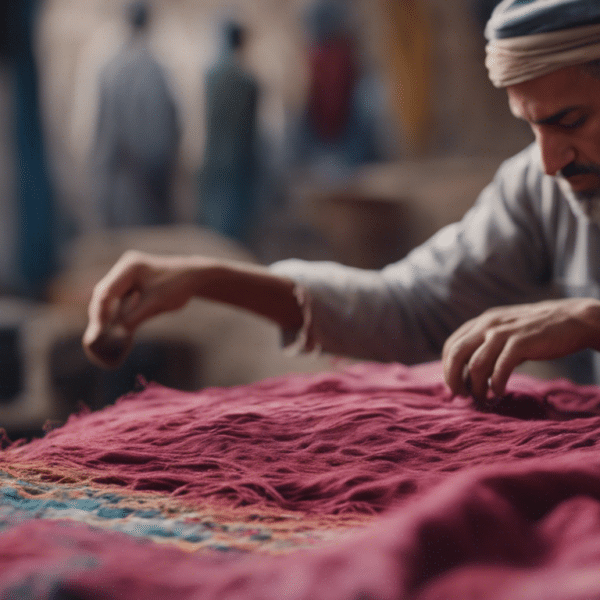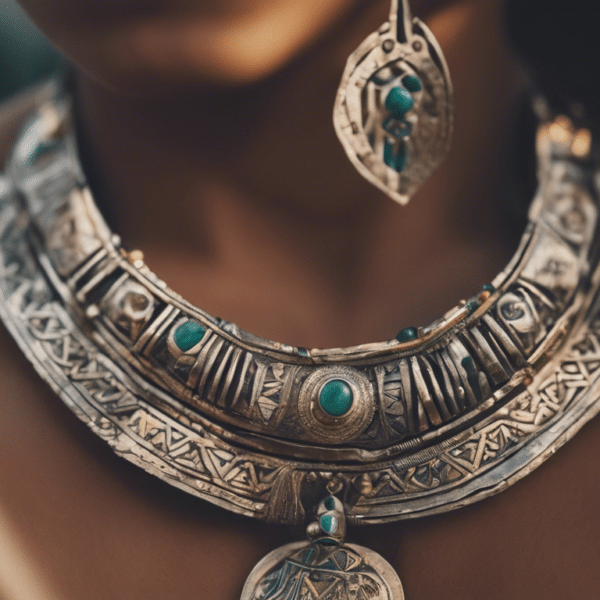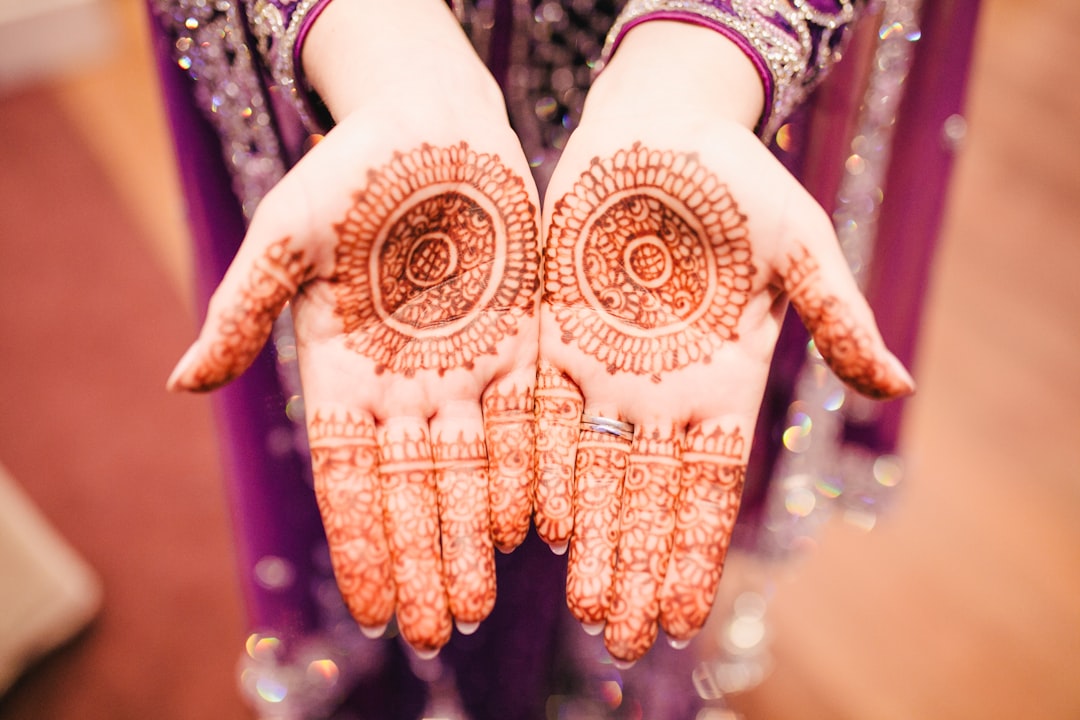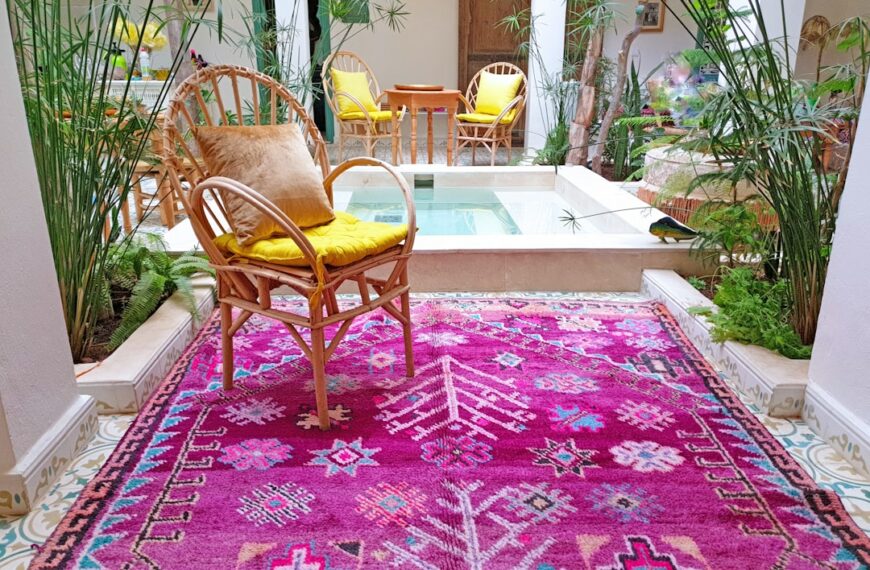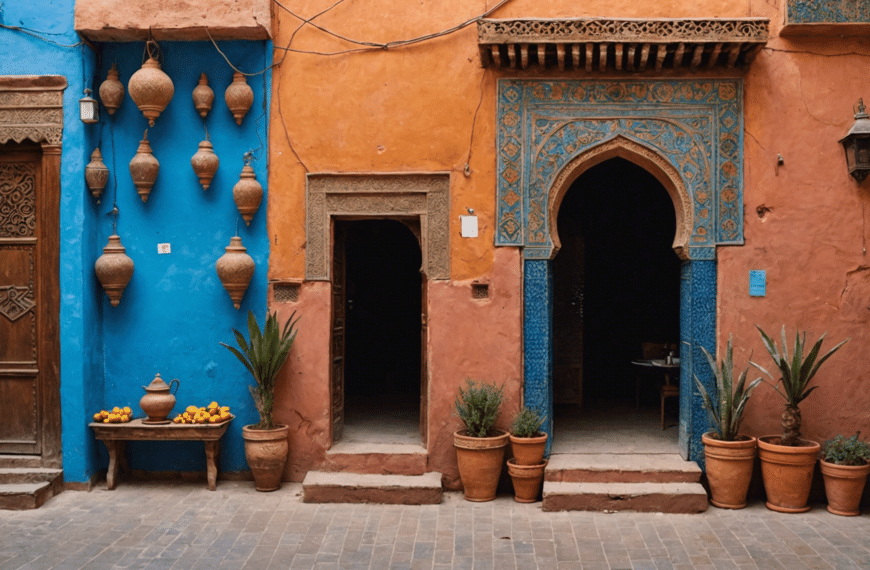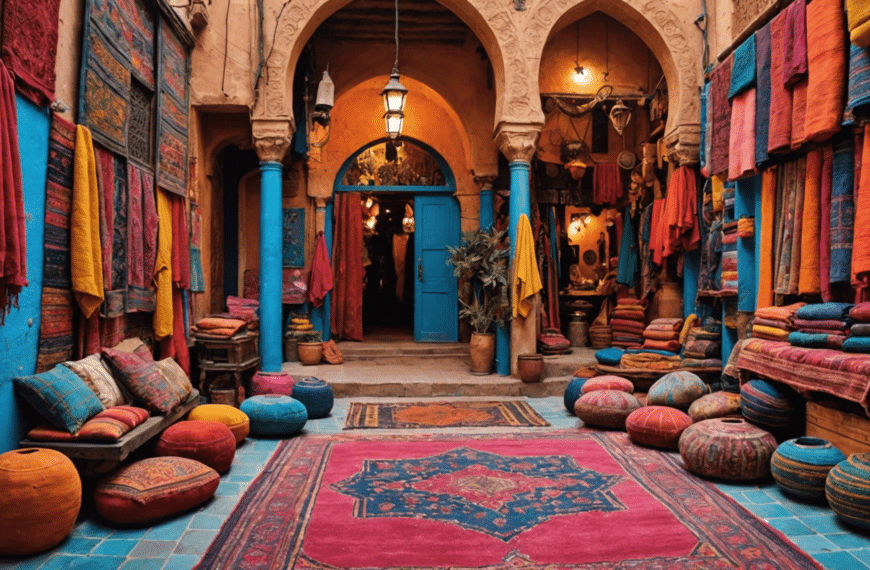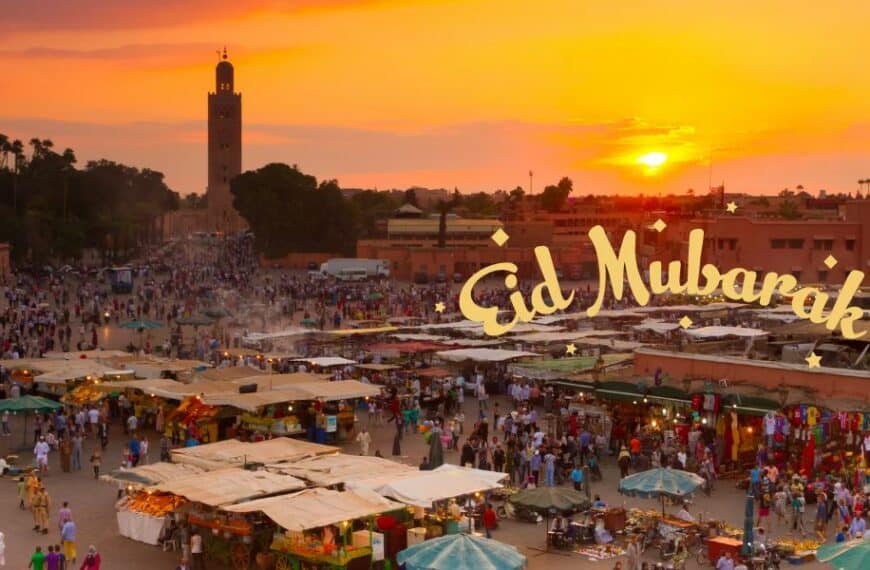The Historical Evolution of Moroccan Calligraphy
Moroccan Calligraphy: An Art Form Steeped in History
As timeless as the sands of the Sahara and as intricate as the tiles adorning the walls of Al Qarawiyyin, Moroccan calligraphy is a testament to the importance of written word and art in the tapestry of Moroccan culture. Tracing its origins back to the early days of Islam’s spread into North Africa, calligraphy has been more than mere penmanship – it has served as a spiritual practice, a means of preservation, and a form of aesthetic expression.
The Roots of Moroccan Script
The inception of Moroccan calligraphy coincides with the Islamic conquest of North Africa in the 7th century. The introduction of Arabic language brought with it the Kufic script, the earliest calligraphic form of the various Arabic scripts. It was characterized by its angular, linear style and was traditionally used in the transcription of the Quran. Over time, the need for a more fluid script that was easier to write gave rise to the advent of the Maghribi style, which was distinguished by its rounded characters and pronounced dots and marks. This style is unique to North Africa and remains one of the distinctive features of Moroccan calligraphy.
Intersecting Influences and Innovation
Morocco’s strategic location as a hub of trade and intellectual exchange meant that its calligraphy was not insulated from external influences. The course of Moroccan calligraphic evolution was partly charted through interactions with Andalusian culture, Ottoman trends, and Sub-Saharan motifs, leading to an aesthetically diverse practice. The Andalusian influence, for instance, softened the rigidity of earlier scripts, infusing them with a flowing elegance that is still evident today.
With the passing of centuries, Moroccan artisans innovated within the realm of calligraphy, experimenting with various mediums. Whether carved into wood, etched onto metal, or woven into the fabric, the flexibility of calligraphic art has allowed for its incorporation into numerous aspects of Moroccan life and artistry.
The Sustenance of Tradition Through Modernity
In the face of modernity, Moroccan calligraphy has found both challenges and opportunities. The preservation of this art form relies heavily on master calligraphers or ‘qalamdans’ who serve as its custodians. These skilled individuals do not merely pass down knowledge—they are responsible for ensuring that the essence of the script is kept alive in a rapidly digitizing world.
Today’s revivalist movements in Moroccan calligraphy witness the blend of ancient techniques with contemporary designs, resulting in unique pieces that are sought after by collectors and enthusiasts around the globe. Moreover, the digital front has seen the creation of fonts and digital resources, which, while promising consistency and widespread use, also challenge the traditionalist approach to this meticulous craft.
Calligraphy in Moroccan Education and Culture
Recognizing the historical and cultural significance of calligraphy, educational institutions in Morocco integrate it into their curriculum, nurturing a new generation of calligraphers. Cultural festivals, workshops, and exhibitions also play a vital role in keeping the legacy of Moroccan calligraphy vibrant. Such events provide an invaluable platform for artists to showcase their mastery, while also engaging the public’s interest and appreciation of this ancient art.
From its early forms on parchment and vellum to the street art that adorns the urban landscape of Morocco today, calligraphy remains an indelible part of the nation’s identity. Its historical evolution reflects not only changes in aesthetics and technique but also the dynamic history and culture of a people devoted to the beauty of expression through the written word.
Characteristics of Moroccan Script Styles
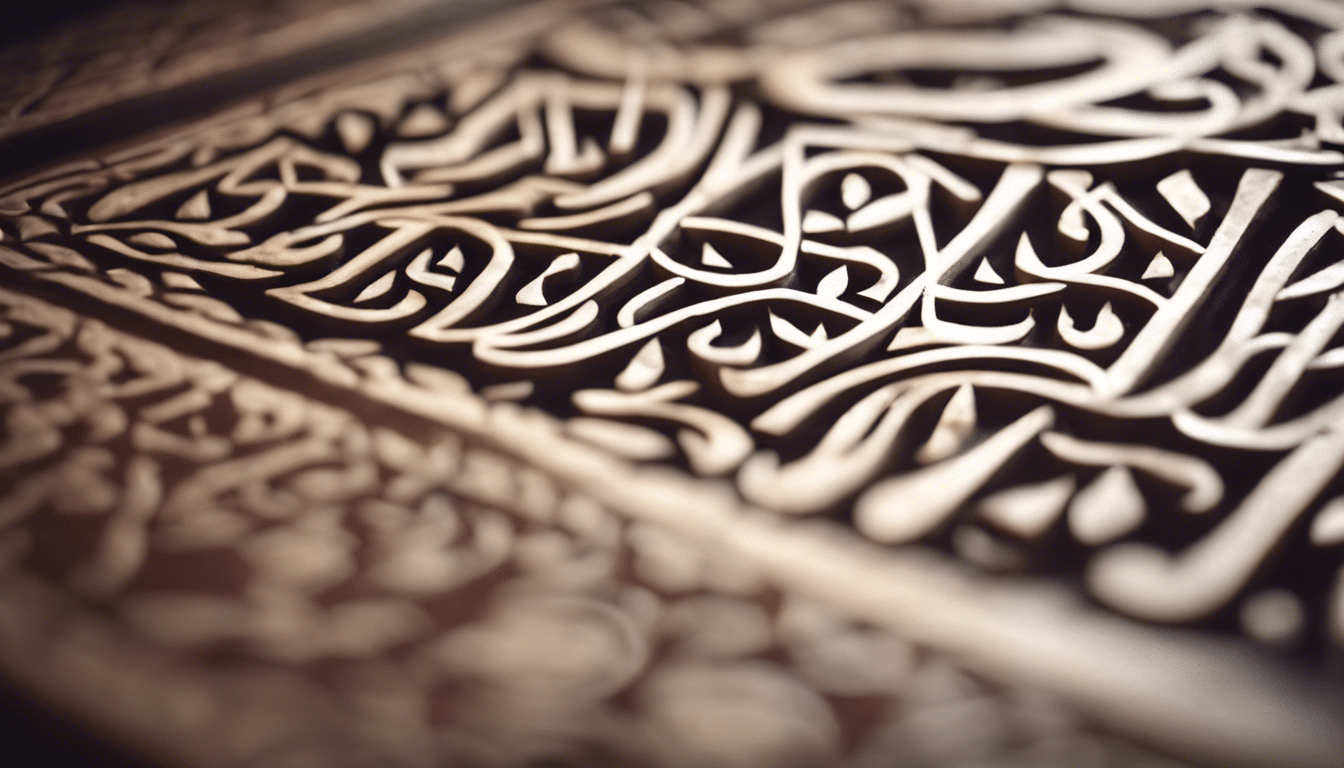
Delve into the heart of Moroccan culture, and you are sure to find the pulsing beat of calligraphy, an art form that has long held a sacred space within the traditions and artistic expressions of this rich and vibrant realm. Moroccan calligraphy, with its powerful aesthetic and spiritual resonance, carries the hallmark of Islamic art and offers a labyrinthine journey through the nuances of Arabesque scripts, each style bearing its unique identity and narrative.
The Historical Palette of Moroccan Scripts
The canvas of Moroccan calligraphy is painted with historical layers that trace back to early Islamic civilizations. Among the styles that soared in popularity is the Maghribi script, an art form that not only serves as a channel for written communication but also an emblem of cultural identity. The Maghribi, with its distinctive broad, curvilinear letters and pronounced dots, emerged as a vital script in North Africa and has evolved into various regional forms such as the Andalusi and the Tunisian.
Another branch in the Moroccan calligraphy tree is the Kufic script, originally developed in the city of Kufa in Iraq. While less common in contemporary Morocco, its angularity and geometric forms lend themselves to architectural embellishments and decorative art, a homage to an era where oral and visual storytelling went hand in hand with the written word.
The Techniques and Maturation of Moroccan Calligraphy
As we unfurl the scrolls of Moroccan calligraphy, we discover the ritualistic precision of its techniques. Indigenous to Islamic calligraphy is the use of the qalam, a pen typically made from dried reed or bamboo, which is carefully cut to enable the flow of ink and the formation of fine lines and looped strokes. The size and angle of the qalam influence the thickness and style of the letters, playing a crucial role in the way the script will eventually speak to the beholder.
Moroccan calligraphy is not static; it is a living art that has ripened through time, influenced by socio-political changes and the intermingling of cultures within the Arab world. In recent years, contemporary Moroccan artists have intertwined traditional calligraphy with modern mediums and concepts, embracing digital art, street art, and multi-dimensional installations, ensuring that the voice of this ancient script continues to resonate across time and borders.
Embodying Spirituality and Function
At its core, Moroccan calligraphy is an embodiment of spirituality; the art is considered a divine act of beauty, where words from the Quran are not merely inscribed but brought to life. It is a visual meditation, a dance of divine text across the canvas, inviting observers and practitioners alike to delve into a world where faith meets finesse. This sacred aspect has earned calligraphy its esteemed place within mosques, religious texts, and amulets, each stroke carrying the weight of intention and devotion.
Yet, Moroccan calligraphy is not bound solely to spiritual realms. It extends to functional roles within Moroccan society – marking the rich tapestries of markets, accessorizing intricate ceramics, and bestowing presence upon metals and leathers. In this manner, the script is not just read but experienced, seamlessly blending the utilitarian with the ornamental.
A Tapestry of Influences
What sets Moroccan calligraphy apart is its magnificent tapestry of influences. From the Andalusian Moors to the sub-Saharan trade routes, each cultural wave has left its imprint on the script’s style and applicability. Today, one is likely to find calligraphy that narrates stories beyond Islamic texts, encompassing poetry, proverbs, and chronicles of Moroccan life, all encapsulated in that enigmatic flourish of the hand.
For art aficionados and collectors, Moroccan calligraphy offers not just a visual splendor but a thematic diversity. While some scripts reflect bold assertiveness, others whisper tales in delicate subtlety. It is a realm where each letter holds a universe, each word a constellation of meanings awaiting discovery.
As you walk through the vibrant alleys of Morocco or run your fingers along the textures of its artifacts, let the calligraphy speak to you in its silent language of curves and lines. You will find in each script a portrait of a nation’s soul, etched deeply with the ink of its storied past and flourishing present.
The Influence of Religion and Culture on Moroccan Calligraphy
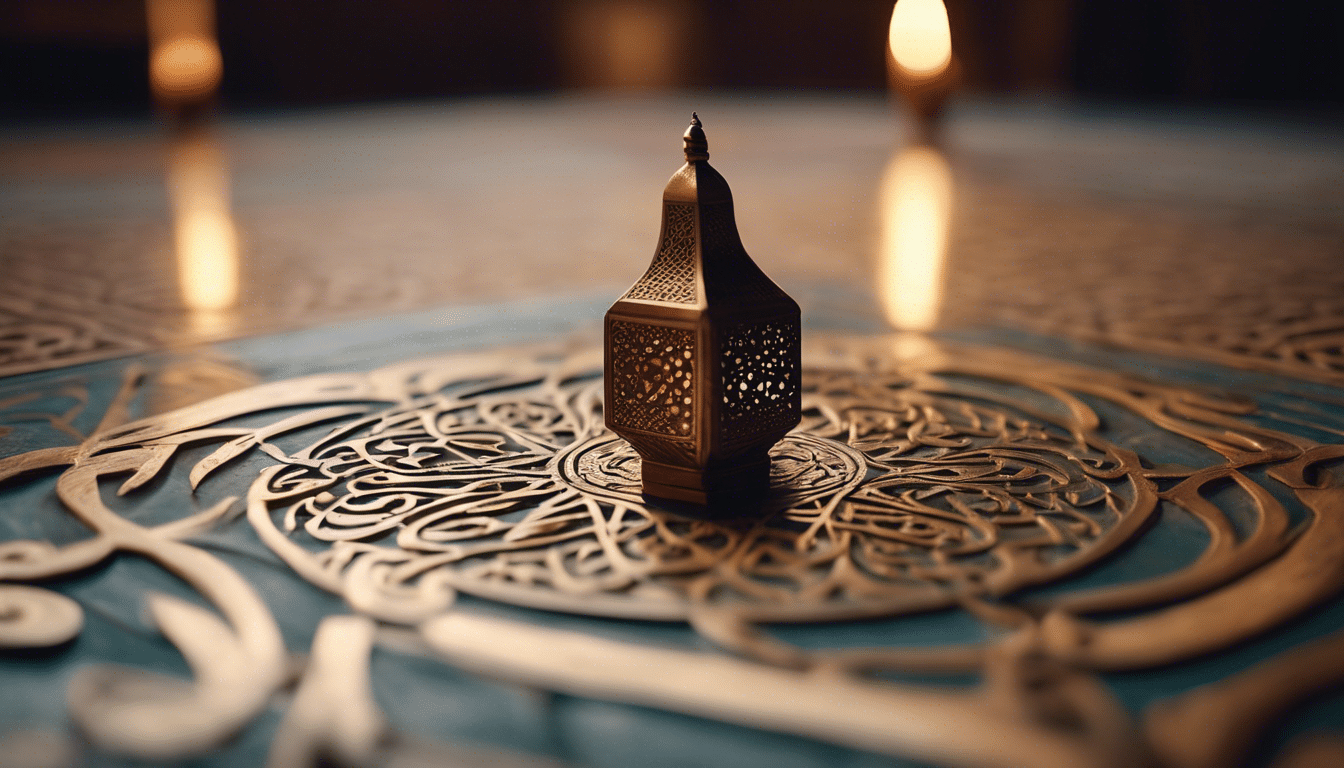
Moroccan Calligraphy: An Intertwined Tale of Faith and Artistry
The essence of Moroccan calligraphy lies in the intricate dance of pen on paper, a visual symphony where religion and culture meet. This art, deeply rooted in Islamic tradition, serves as a testament to the divine, a means to preserve the sacred words of the Qur’an, and a cultural treasure that reflects the soul of Morocco.
The Sacred Script: Kufic and the Spread of Islam
It began with the spread of Islam, a religion that holds the written word in high regard, venerating the Arabic script as the vessel of divine revelation. The oldest form, Kufic, with its angular lines and austere beauty, was more than a script; it was devotion etched onto surfaces ranging from the impermanent parchment to the immutable walls of majestic mosques. As time unfurled, Moroccan calligraphy inherited and adapted these spiritual roots, intertwining with local culture to grow into a distinct form, robust with character and narrative depth.
Fusion of Influences: Berber and Andalusian Contributions
Morocco’s position, perched on the edge of Africa and facing Europe, allowed for a lush garden of cultural exchange. Berber scripts and Andalusian motifs borrowed and blended with the Arabesque forms, creating a new language of design. The result was a style that paid homage to its ancestry while confidently asserting its unique Moroccan identity. This stylization could be seen adorning palaces, public fountains, home entryways – each telling a story of epochs and empires, saints, and scholars.
Calligraphy in Daily Moroccan Life: Beyond the Religious Realm
While Islam propelled the proliferation of calligraphy, its reach extended well beyond religious texts. In the bustling souks (markets) of Morocco, one could find everyday objects transformed into exquisite works of art through the meticulous script. Pottery, textiles, and jewelry, all bore the marks of the calligrapher’s skillful hand. This osmosis of religion and daily life encapsulated the Moroccan ethos, where the sacred and the profane co-exist in a vibrant tapestry of living culture.
The Artisan’s Touch: Techniques That Weave History
In a quiet corner of a Moroccan workshop, the artisan dips the reed pen (qalam) into the inkwell, a silent prayer preceding the first stroke. Each letter is a breath, each word a verse, each piece an ode to the lineage that preceded it. The traditional tools – the ink, the paper, and the pen – are humble yet mighty witnesses to the history they continue to write. As the artisan works, often to the low hum of prayers or local music, there is a communion with the past, a rhythmic continuation of tradition.
Modern Interpretations: The Living Art of Moroccan Calligraphy
In today’s world, contemporary Moroccan artists grasp the threads of their heritage, weaving new narratives through the ancient form of calligraphy. In their hands, the art form leaps from the historical confines into the realm of the now. Murals, digital art, and mixed media installations exude the vigor of modernity while echoing the whispers of time-honored tradition. These artists balance on the cusp of innovation and preservation, ensuring the future of Moroccan calligraphy is as vivid as its past.
In Conclusion: A Tapestry Woven Through Time
Morocco’s calligraphy is not merely an art form; it is a visual representation of its people’s heart. Guided by spirituality, enriched by diverse cultures, and alive in every facet of Moroccan life, it stands as both a guardian of ancient wisdom and a bridge to future artistic expression. The lasting influence of religion and culture across the realms of Moroccan calligraphy ensures that each stroke, each line, each curve is a conversation with history, a story unfurling against the canvas of time.
The intricate beauty of Moroccan calligraphy continues to captivate, inviting admirers like Elena to delve deeply into its rich narrative, discovering its mysteries, and celebrating its enduring legacy.

